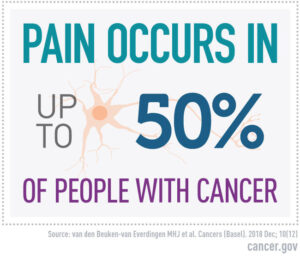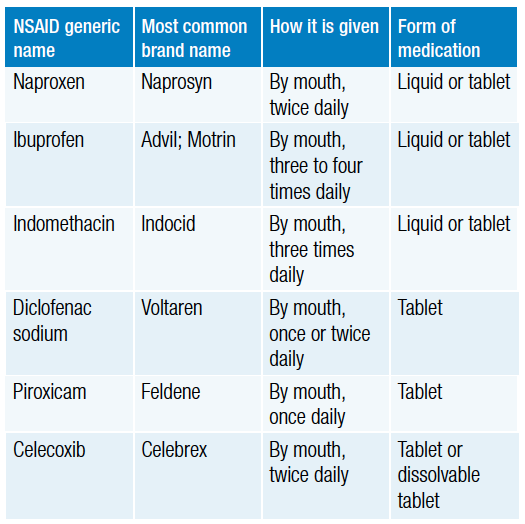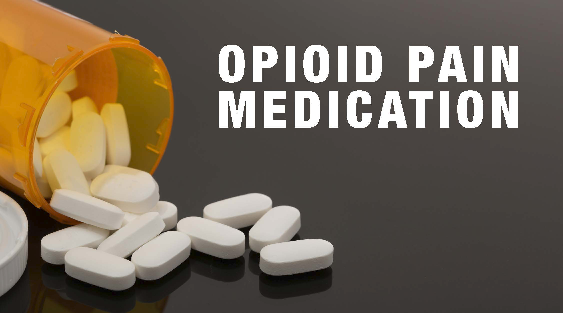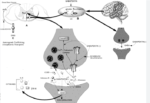In some cases wherein people suffer from severe back pain, pain medication becomes quite necessary to treat the pain. Pain medication can be given to patients dealing with acute pain to ensure normal functioning or to those who suffer from chronic pain to manage pain along with other forms of treatments.

Unfortunately, many patients suffer from back pain for which the exact cause remains unidentified. In many cases, acute pain transforms into chronic pain, in such cases chronic pain sufferers have to solely depend on drugs to overcome the pain.
Many people have faith in their doctors and the treatment method they use to treat pain and they never question their doctors about prescriptions. However, the prescriptions carry problematic phenomenon when opioid medications are used to manage chronic pain.
Opioids are short acting narcotic medications that provide temporary relief and require re-dosing frequently for a long period of time; even higher doses are required in some cases to get the pain-relieving effect.
Opioids tend to become habit forming pain medications rather than long acting pain medications followed by unpleasant withdrawal symptoms. The symptoms can be flu, tremors, diarrhea etc.
Usage of pain medication for a long term can be toxic for your liver. Looking at the drawbacks of pain medications or opioids, chronic pain sufferers should not get into habit forming and adopt natural methods to relieve pain.
What can be done?
If your doctor has prescribed inappropriate opioid to be used in long run, ask your doctor without any hesitation as you should avoid using chemicals for long term. Let your doctor that you know about the medication well and it is not safe for treating your pain condition. The right approach to avoid unwanted withdrawal symptoms and manage pain entirely depends on the duration of consumption of your medication.
These medications have high risk of dependency, but back pain treatment should not be started with masking up the pain. Your pain indicates that your body isn’t functioning well and there is something wrong. Failure to diagnose and treat pain can lead to worst and unbearable conditions like facet joint pain, spinal misalignment or degenerative disc etc.
Even if the actual cause of the pain is not diagnosed, there is no harm to try certain treatment methods like massage therapy, physical therapy, chiropractic care etc., there are various other treatments available which involves determining pain, correcting your postural dysfunction and your muscle imbalances. These are complementary and alternative treatment methods that can help treat your pain naturally. Don’t give up.
Your doctor is there to help you and if you think your doctor is not very keen on guiding you properly, you can look for some other doctor who can help you deal with pain naturally. Educate yourself and empower yourself about your body and pain and about the various treatments available. So, there is always a reason to protest if you are prescribed narcotic pain medications for long term use. Try to help your body get rid of pain naturally.
The downside of taking pills to treat chronic pain
Taking over-the-counter or prescription painkillers may seem like a simple solution for chronic pain. It’s actually a bit more complicated, yet many older adults aren’t aware of potential problems. “They think that if it doesn’t require a prescription, it’s safe. But there are some long-term health risks,” says Dr. Edgar Ross, director of the Pain Management Center at Harvard-affiliated Brigham and Women’s Hospital.
Here’s what you should know about some commonly used pain relievers.

Acetaminophen
Acetaminophen (Tylenol) helps reduce fever and pain. It’s available over the counter, and it’s in many types of medications, including some prescription drugs. But large doses can damage the liver. Drinking alcohol while taking acetaminophen can also cause liver damage. Acetaminophen may increase the risk of bleeding if you take warfarin (Coumadin).
The FDA sets the maximum daily dose for the average healthy adult at no more 4,000 milligrams (mg) per day for short-term use, although even lower doses can be toxic to the liver in some people. “It’s in so many different kinds of medications that you may inadvertently take too much,” warns Dr. Ross. Such medications include over-the-counter remedies for pain, sleep, or cold symptoms.

NSAIDs
Nonsteroidal anti-inflammatory drugs (NSAIDs), such as ibuprofen (Advil), naproxen (Aleve), or aspirin, are available over the counter, and in stronger doses by prescription. Like acetaminophen, NSAIDs reduce fever and pain, and they go further by reducing inflammation.
But regular, long-term use of NSAIDs has been linked to ulcers, stomach bleeding, kidney problems, high blood pressure, and increased risk of heart attack or stroke. In 2015, the FDA warned that NSAIDs raise the risk for heart attack and stroke even with short-term use, and even among people who don’t have heart disease.
Prescription painkillers
Opioid medications, such as oxycodone (Oxycontin) and hydrocodone (Vicodin), are among the most commonly pre-scribed prescription painkillers. They block messages of pain to the brain and reduce the body’s perception of discomfort. But long-term use of opioids comes with the risk of dependence, addiction, constipation, falls, confusion, slowed reaction time, slowed breathing, and death.

“For older adults, the most common cause of pain is osteoarthritis,” says Dr. Ross, “and the best prescription medications for that are opiates. But I’m seeing significant reluctance to prescribe them to older adults for fear of addiction.” About two million people in the United States struggle with opioid addiction.
Neurontin (gabapentin) is an anticonvulsant medication often prescribed for nerve pain. “It’s less risky than NSAIDs and opioids, but it has its own risks, such as sedation, cognitive impairment, dizziness, and falls,” says Dr. Ross.
What you should do
When taking painkillers on a regular basis, weigh the risks and benefits with your doctor. For generally healthy older adults with chronic pain, Dr. Ross recommends acetaminophen. “It’s the first-line choice for osteoarthritis,” he says, “but for long-term use, limit the daily dose to 2,000 mg or less.”
He recommends avoiding NSAIDs if you have high blood pressure, heart disease, or kidney problems, or if you’re taking blood thinners. Otherwise, use the lowest dose possible for the shortest amount of time, and avoid NSAIDs once you reach age 60. “Above 60, the data show significant risks, and they increase by decade,” says Dr. Ross.
He suggests combining acetaminophen with pill-free treatments (see “Pill-free treatments for pain”) before trying prescription painkillers. If you take prescription painkillers, ask a family member to hold and supervise your medications, and give you only what’s prescribed and needed.
Pill-free treatments for pain
Physical therapy. Stronger muscles help absorb pressure on the joints.
Devices. Splints and braces can immobilize joints and relieve pressure on nerves. Canes and walkers allow you to redistribute your weight away from painful joints.
Acupuncture. Evidence about its effectiveness is mixed, but many randomized controlled trials have suggested acupuncture helps reduce chronic pain.
Therapeutic massage. Massage performed by a therapist trained in pain relief helps to reduce anxiety and relax muscles, tendons, and joints.







